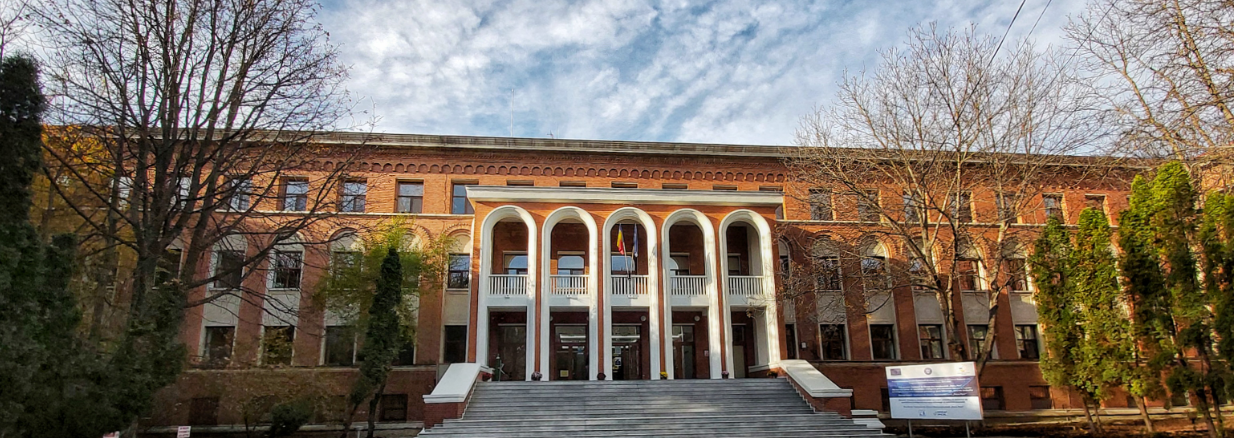Project: PN-III-P1-1.1-PD-2019-0148
Project period: 09.2020 - 03.2022
Project Manager: Dr Adrian Bele
Acronym: SilWebWEH (click here for project web page)
Renewable technologies began to develop rapidly after the 1973 oil crisis, converting various types of energy, such as wind and ocean into electricity. The most studied technologies regarding Ocean Energy Harvesting are wave energy converters (WEC). The WEC technology
gained great attention and the research community developed different devices, like Oscillating Water Columns (OWC). To be able to convert Ocean Energy to useful electrical energy all WEC possess a power take-off (PTO) system. In the case of OWC is the air turbine, and difficulties encountered are the complexity of the mechanical parts, susceptibility to corrosion, high costs, deploying and maintaining. Ocean Energy Harvesting using Dielectric Elastomers (DE) as PTO systems is a relatively new technology with great potential aiming to reduce the main drawbacks of classic technologies.
Silicone-based elastomers are the most studied class, due to their properties: high flexibility, low toxicity, resistance to weathering, good dielectric strength and operating on various temperatures (-120 to 200 ⁰C). The polar nature of the siloxane bond is a premise for good dielectric properties, but the methyl groups hinder the Si-O dipoles to approach one each other, thus they possess a low dielectric permittivity, which is still the main disadvantage along with tear strength. The main aim is to increase the conversion efficiency of silicone-based PTO by increasing the tear strength and the dielectric permittivity of silicone elastomers in an original approach which consists in obtaining new full polar/non-polar interpenetrated polymer networks (IPNs) mimicking at a molecular level the spider webs due to the versatile chemistry of silicones. The remarkable mechanical resistance of the spider web lies not only in the chemistry of the intertwined strands but also in its unique geometry, architecture adapted by the proposed polymeric networks. |








